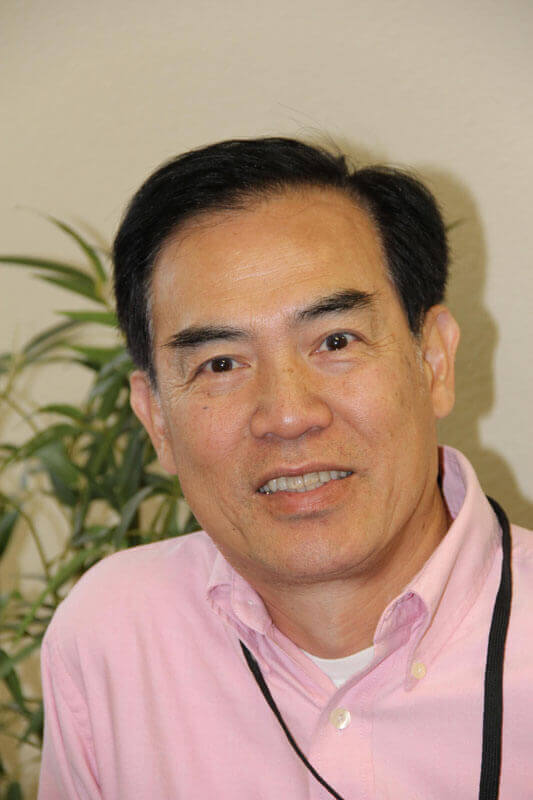Hing ShamPATH
Dr. Hing Sham is Head of Research and Preclinical Development in the Drug Development Program at PATH, a global nonprofit dedicated to ending health inequity.
Hing Sham, PhD, joined PATH recently as head of research and preclinical development for the Drug Development program. Hing has more than 30 years in the private pharmaceutical industry, where he led major projects for various diseases, including HIV, cancer, diabetes, and Alzheimer’s.
In this guest post, Hing answers questions about the risks associated with drug development and the intricacies involved in bringing a drug to market. This is the second post in a three-part series on drug development.
Q: Drug discovery and development is a long process. Estimates of the cost to develop a drug up to the point of regulatory approval can range from $150 million to $1.3 billion. Could you summarize drug development in just a few words?
A: In a few words, drug development is not for the faint of heart! What I mean by that is drug development is one of the most complicated and high-risk businesses in the world.
When you think about what we’re trying to do, which is basically to correct a physiological process so it functions the same way it would in a healthy individual, it’s very complex and riskier even than going to the casino. In drug development, from choosing the right target to successfully completing multiple phases of clinical trials to clearing regulatory hurdles, there are many things that can go wrong. Under the best circumstances, your success rate is around 20 percent. It’s definitely a worthwhile endeavor, but each new hurdle brings with it a new set of anxieties.

Q: What is the most exciting part of drug discovery?
A: For me, the most exciting moment is when the different puzzle pieces come together to form a clear profile of a potentially successful drug candidate. Before this can happen, you have to have already chosen the correct target to treat within the human body and then have chosen the right compound from thousands of possibilities to target that mechanism for the desired effect. In addition, you have to determine that the compound has gone through the right testing to ensure that it’s in the best position to clear clinical trials and other safety hurdles. When all of that begins to align for the first time, it’s very exciting.
Q: One concept you’ve emphasized as inherent to successful drug development is the importance of “failing early.” What does it mean to fail early, and why is that a good thing?
A: Failing early isn’t a new idea in the drug development industry, but it’s a term that’s gained popularity as philanthropic foundations have encouraged a shift to the left in the product development pipeline. It is important to answer core questions early to avoid spending resources on products that will not be able to move forward and will languish in the “valley of death,” the term for scientific discoveries that don’t fit the criteria for further development. Failing early doesn’t mean that a team is encouraged to fail. Instead, it means that when the data are discouraging, the team should accept that, and move on to more promising prospects.
Q: Is it difficult to keep your judgment clear and make these tough calls?
A: I think, even if the results indicate you’re heading in the wrong direction, the desire to see your efforts through is part of human nature. As a researcher, it’s tempting to come up with other experiments that could enhance your understanding of a drug, even though they aren’t necessarily critical to the core questions under investigation. Within a project, stakeholders must engage in rigorous debates to determine what the critical questions are for a project’s success. Making these determinations early on provides the best framework for evaluating a drug candidate’s promise at various stages of development.
Q: What do you find most fulfilling about your work?
A: After 30 years in the private pharmaceutical industry, I have an immense appreciation for what the private sector does in devoting resources to research for lifesaving therapies. Now with PATH, I feel I have the unique opportunity to bridge the best of the private and nonprofit sectors to tackle a tremendous need for efficacious drugs for diseases unique to poor countries. It’s fulfilling to know that our work is bringing the best science to bear on some of the world’s most challenging health issues.